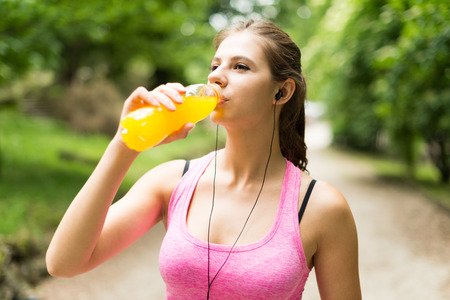Note that your final mark will not be saved in the system.
Diet and nutrition GapFill
You must fill all the gaps before clicking ‘Check Answers!’

Dehydration is a loss of fluids from the body, which impairs the body’s ability to function. It occurs to a greater extent during exercise due to , as the body tries to cool itself down and prevent an excessive rise in body temperature from limiting performance. When the weather is and , water evaporates more easily into the atmosphere. This means a greater amount of water will be lost through sweating. Additionally, an increase in the and duration of exercise (i.e. how hard and for how long you work) will also increase fluid loss. If dehydration occurs (usually >2% of body mass lost), the blood will become more viscous and heart rate and body temperature will increase, leading to earlier fatigue.To maintain hydration and limit the degree of dehydration, must be taken on-board. This will ease the perception of effort and limit an excessive rise in heart rate, utilising a greater percentage of rather than the limited store of for energy.
Diet can also have an effect on energy use during exercise. The components of a diet that can contribute to energy production are carbohydrates, fats and . The predominant diet component used in exercise differs depending on the activity. For example, for most types of moderate-to-high-intensity activities, from a 800 m race to a long-distance cycling event, the primary source of energy will be most likely to come from . When physical activity is completed at a low intensity, as in general daily activities such as walking and gardening, the predominant energy source used is most likely to be . However, during ultra-endurance competitions such as the Ironman, carbohydrate stores become depleted and the body will increase the percentage of being used as energy.